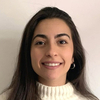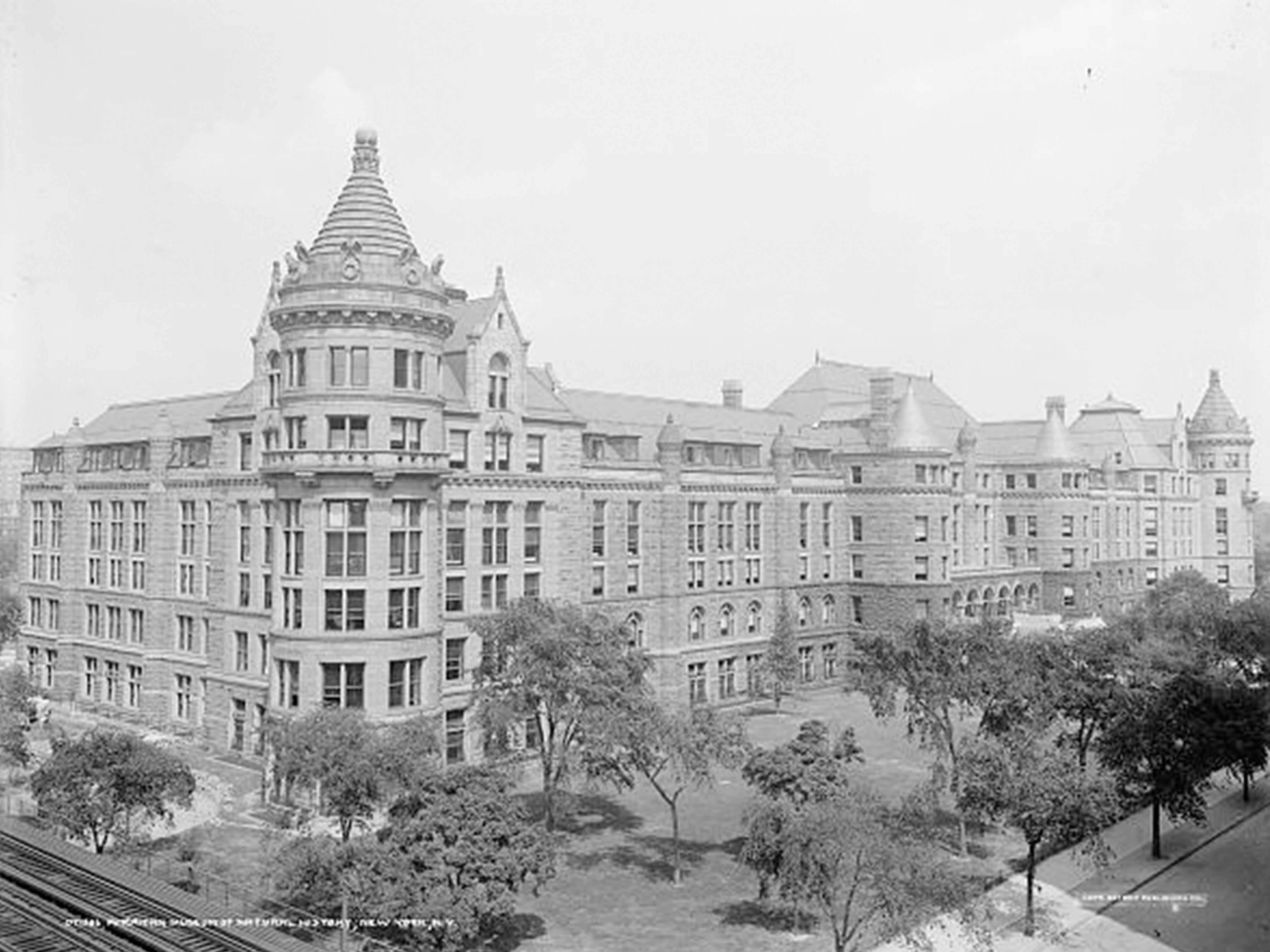The Emergence of the Linguistics Society of America in an Age of Scientific Racism
In December 1924, a group of scholars dedicated to the scientific study of language founded the Linguistic Society of America (LSA). Among them was Leonard Bloomfield, who later became Sterling Professor of Linguistics at Yale. But how did this academic society come to be and in what social and intellectual context?
Almost a hundred years later, on October 2, 2023, Yale College alumna and professor at Boston College, Margaret Thomas, gave a talk “Foundation of the Linguistic Society of America in an Age of ‘Scientific Racism’” at the Department of Linguistics Colloquium.
Professor Thomas structured her talk around three documents produced around the birth of the LSA, and a fourth document that looks back on its founding 21 years later. One of the goals behind forming a professional society of linguists was to “improve the status” of the linguistic sciences. In the first letter, a group of linguists advocates for an organization that would differentiate linguistics from other already established societies while also relating the study of language to “all humanities studies.” This organization would publish a journal dedicated to linguistics and sponsor biennial meetings around the country, endeavors that still exist today.
The second letter, known as “The Call,” describes the potential benefits of this society, which include the enhancement of language studies within “the sciences,” and the differentiation from philology, anthropology, classics, and literature studies; the letter also proposed a meeting at the American Museum of Natural History. The desire for a gathering of linguists can be seen as an understandable response from a group of people facing social threats in the mid-1920s U.S.: many founders and members of the LSA were first- or second-generation immigrants during a peak in anti-immigrant and antisemitic fervor.
“American linguists may have sought professional and personal solidarity in the LSA as they weathered an uninviting anti-immigrant, antisemitic, pro-eugenicist, climate; but they may also have been agents, not merely patients, of racism” says Thomas. Some LSA members, however, including Roland Grubb Kent and Franz Boas, took a public stance against racial discrimination (although Boas’s reputation has been problematized by Yale historian Ned Blackhawk).
At the same time, the American Museum of Natural History also housed meetings of the Galton Society, a club dedicated to promoting eugenics. Even if there is no proof that then president of the American Museum of Natural History, Henry Fairfield Osborn, approved the use of the facilities for the initial LSA meeting, he might have been aware of it, given that among the attendees was Franz Boas, an anthropologist and linguist who had repeatedly argued against Osborn’s eugenicist ideas. Although neither racial discrimination nor its eradication was among the concerns of the LSA founders, the Society emerged in an environment that validated racist ideologies and race-based policies.
Thomas reminded the audience that one of the objectives of the LSA was to incorporate linguistics into the “sciences,” which at that time included “immigration restriction initiatives, eugenicist social engineering, and disregard for the autonomy of Native peoples … based on incontestable scientific evidence.” Academics, along with political, legal, and social leaders, largely accepted the conclusions of scientific racism despite the lack of any scientific grounding. While linguists may not have explicitly embraced scientific racism, their desire to be positioned within that group of disciplines is significant.
Thomas illustrated with the metaphor of a palimpsest, a type of manuscript from which text has been scraped or erased to rewrite on the same surface, often leaving a trace of the previous text. She engaged the audience to ask which of these racist ideas might remain in the field of linguistics today. Topics include the ways foreign languages are taught and the ways linguistics programs organize their curricula, with questions about the state of the field if they were to be organized differently, if the limits of the subfields were drawn in different directions, and how American linguistics influences the discipline in other countries.
 Maria Teresa Borneo is a Ph.D. student in Linguistics, focusing on the study of meaning from a psycholinguistic perspective.
Maria Teresa Borneo is a Ph.D. student in Linguistics, focusing on the study of meaning from a psycholinguistic perspective.

